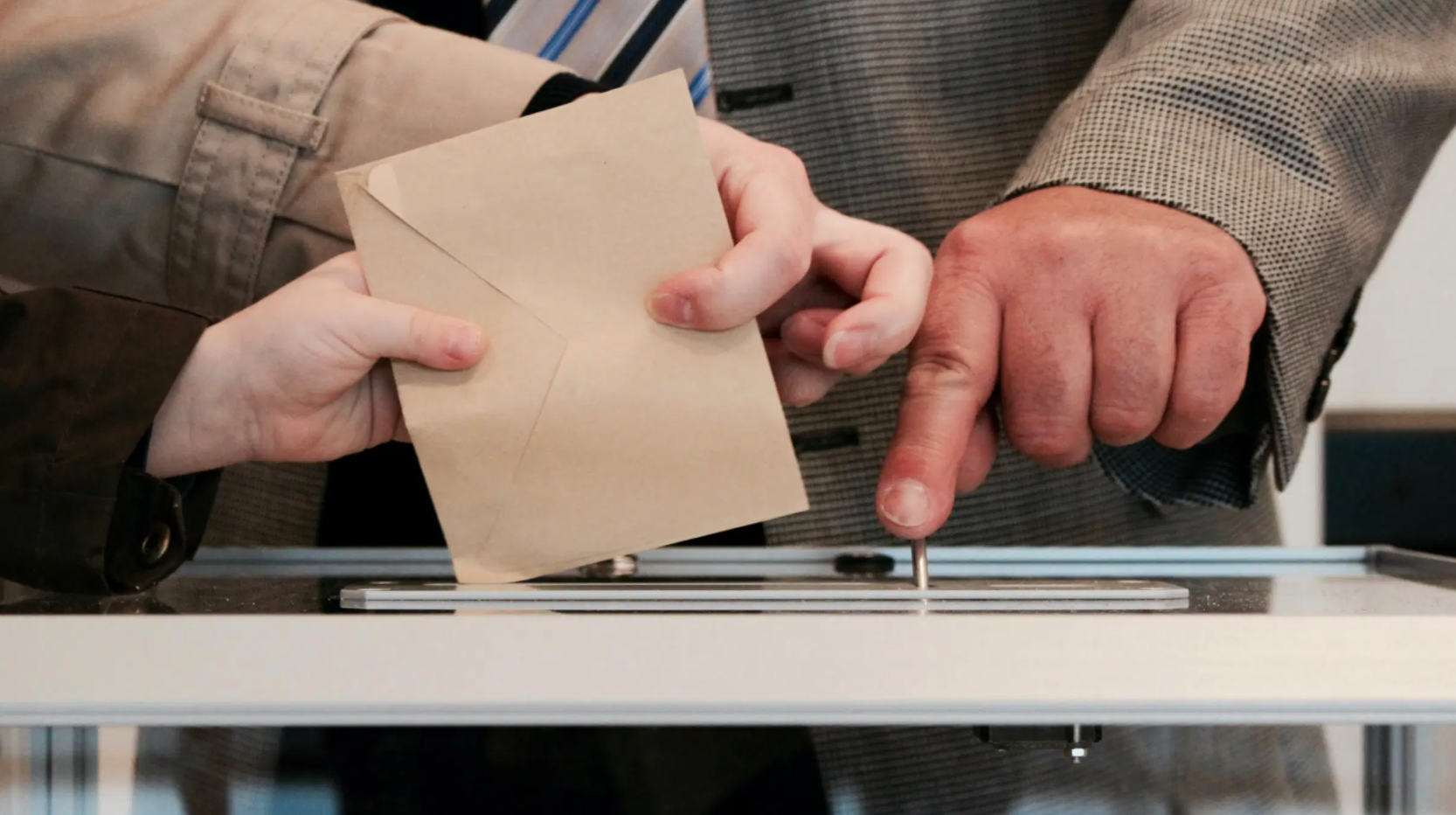| Reed Anfinson ∙ Swift County Monitor |
One of the most common complaints we hear about politics today is how divisive they have become. All we have are people on the far left and the far right, we are told. Where are all the people in the middle? Why can’t we get candidates who represent us? Why can’t our elected officials get along and get the people’s work done?
A simple saying explains much of the problem: The world is run by those who show up.
”[RCV] is worth considering based on how disgusted many Americans are with the current system.
Our candidates are chosen through the primary election process. In the 10 elections conducted in the 21st Century in Minnesota, we have seen a low of 7.42% percent of voters cast ballots in a primary (2016) with a high of 22.77% showing up in 2018. However, the average has been 13.6%.
Those who show up are the most dedicated and fervent of supporters. Some would say they are also the most uncompromising. Their stands are passionately, and rigidly, in place. It is these voters who chose our candidate for the general elections. They are the ones who will send elected officials to the Legislature in St. Paul or the halls of Congress in Washington, D.C.
Candidates seeking election must first satisfy their base electorate. It is a purity test. Whoever most ardently holds tight to the views of their base will win the primary and make the general election ballot.
We all know how bitter, divisive, and ugly the campaigns leading up to election day have become. The barrage of attack ads and sharp personal attacks in debates leave many voters disgusted with the process. Some eventually turn their backs on the election process and check out of participating in our representative democracy.
The problem with this system is that it leaves many voters in the middle dissatisfied with their choices. They say they are left to decide between the lesser of two unsatisfactory candidates. There must be a better way to choose our candidates that leaves us with a broader choice, one that includes candidates in the middle, we are told.
There is. It is called ranked-choice voting. It’s a process that proponents say ensures that the candidate with the broadest support wins.
These same proponents also say that ranked-choice voting leads to more civil campaigns and debates. Candidates don’t want to become unlikeable to the voters in the middle whose ballots they may need.
Ranked-choice voting isn’t without its problems.
Opponents argue that it can be confusing to voters. They say its complexity causes some voters not to go to the polls. They say that in places where ballots are counted by hand, it creates a greater possibility for errors. And, it may still result in a candidate winning that doesn’t represent the majority of citizens.
One other negative, opponents say, is that it is more expensive to have to count ballots multiple times to eventually find a winner if there isn’t a clear first choice in the first round.
However, Minneapolis, St. Paul, and several other metro cities are already using ranked-choice balloting. It is used in towns in Utah, Colorado, New Mexico, and Maryland. The State of Maine has used it since 2016.
How does ranked voting work?
On a regular election ballot, you will see the names of the candidates for each party listed separately. You vote for one choice on the ballot for each race.
On a ranked-choice ballot, let’s say there are candidates for the Republican, Democratic-Farmer-Labor (DFL) and Independence parties. What you are asked to do is rank those candidates by your preference. Let’s say the Republican candidate is your first choice, the Independent your second and the DFL candidate your third.
You rank the Republican one and the Independent two. With the DFL candidate, you might not want to write in a number, and you are allowed to leave your third choice blank. (On the 2020 Minnesota presidential ballot there were nine parties represented.)
With the ranked-choice voting process, a candidate must get more than 50% of the votes to be declared the winner. In our race, let’s say the Republican gets 42%, the DFL candidate 32%, and the Independence candidate 26%.
Because no candidate received over 50% of the vote, the last-place candidate’s first-place votes are nullified. The election judges then make that voter’s number two candidate their first choice. That means the Independence Party’s 26% of the votes are broken down between the Republican and DFL candidates.
The Republican candidate only needs 8.1% of the second choice votes of those who voted for the Independence Party candidate to win. However, if the DFL picks up 18.1% of the Independence Party votes, giving them 50.1% of the vote, that candidate is the winner.
What that vote indicates is the DFL candidate was preferred by more voters overall than the Republican candidate.
In some races, there may be more than three candidates, but the process is the same with the voters’ second-place candidate then distributed to the other candidates.
One other benefit some see in ranked-choice voting is that it can erase the impact of “spoiler” candidates. These are candidates who could siphon off votes from a majority party candidate. A popular Green Party candidate would take votes away from a Democrat, while a popular Libertarian might take votes from a Republican.
A voter can still vote for a favorite candidate. But now, rather than siphon off votes from the majority party candidate, their second-place votes will eventually be the ones counted toward a leading candidate.
Again, this process requires the leading candidates to be attractive to a broad swath of voters, not just their base. This same ranked-choice process can be used in primaries.
Supporters say ranked-choice voting it will reduce polarization in our politics and society. It is worth considering based on how disgusted many Americans are with the current system.





